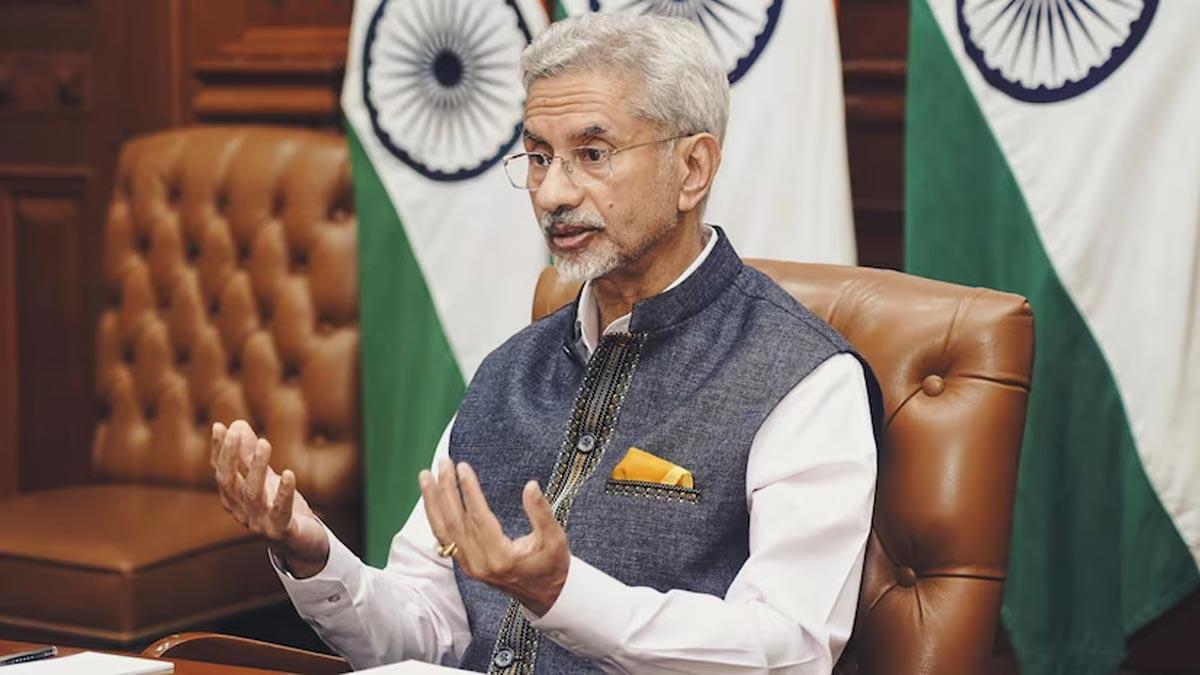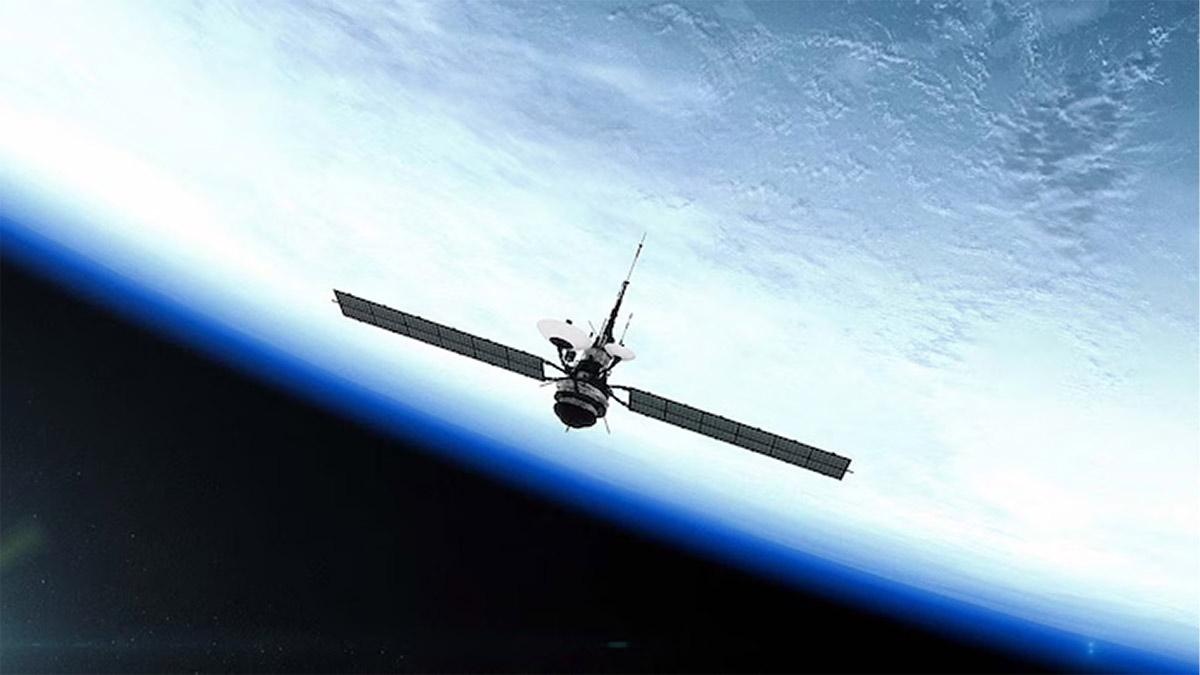Shimla, once known for its snowy Christmas Eves, has experienced a noticeable shift in its climatic conditions, marked by the absence of snowfall during this festive season since 2016. The capital of Himachal Pradesh, with its historical buildings harking back to the British colonial era, is attributing these changes to an abnormal rise in human activities and the consequent release of large amounts of carbon dioxide and greenhouse gases.
Deforestation and pollution are identified as primary factors in a study by the India Meteorological Department (IMD) examining the snowfall trend in Shimla from 1990 to 2007. The study suggests that Shimla's traditionally harsh winter, lasting from November to March, has seen a decline since the mid-1980s. While Christmas snowfall was recorded in 1991, the occurrence became sporadic, and there has been no white New Year's Eve in the past 12 years, except in 2010.
Local meteorological reports predict a snowless Christmas Eve this year, with mellow sunshine expected across tourist destinations in Himachal Pradesh. Rising temperatures, blamed on deforestation and pollution, have altered the climatic patterns in the region. Despite the lack of snow, tourists continue to flock to the state during the holiday season, drawn by the hope of experiencing the charm of a "white" Christmas.
The situation prompts reflection on the environmental impact of human activities and underscores the challenges posed by climate change on traditional weather patterns, affecting both residents and the tourism industry in Shimla. Efforts to address deforestation and reduce pollution become critical in preserving the ecological balance and sustaining the unique climate of this historic region.
(With Agency Inputs)
Read also| Get the best Christmas meal on the block


















